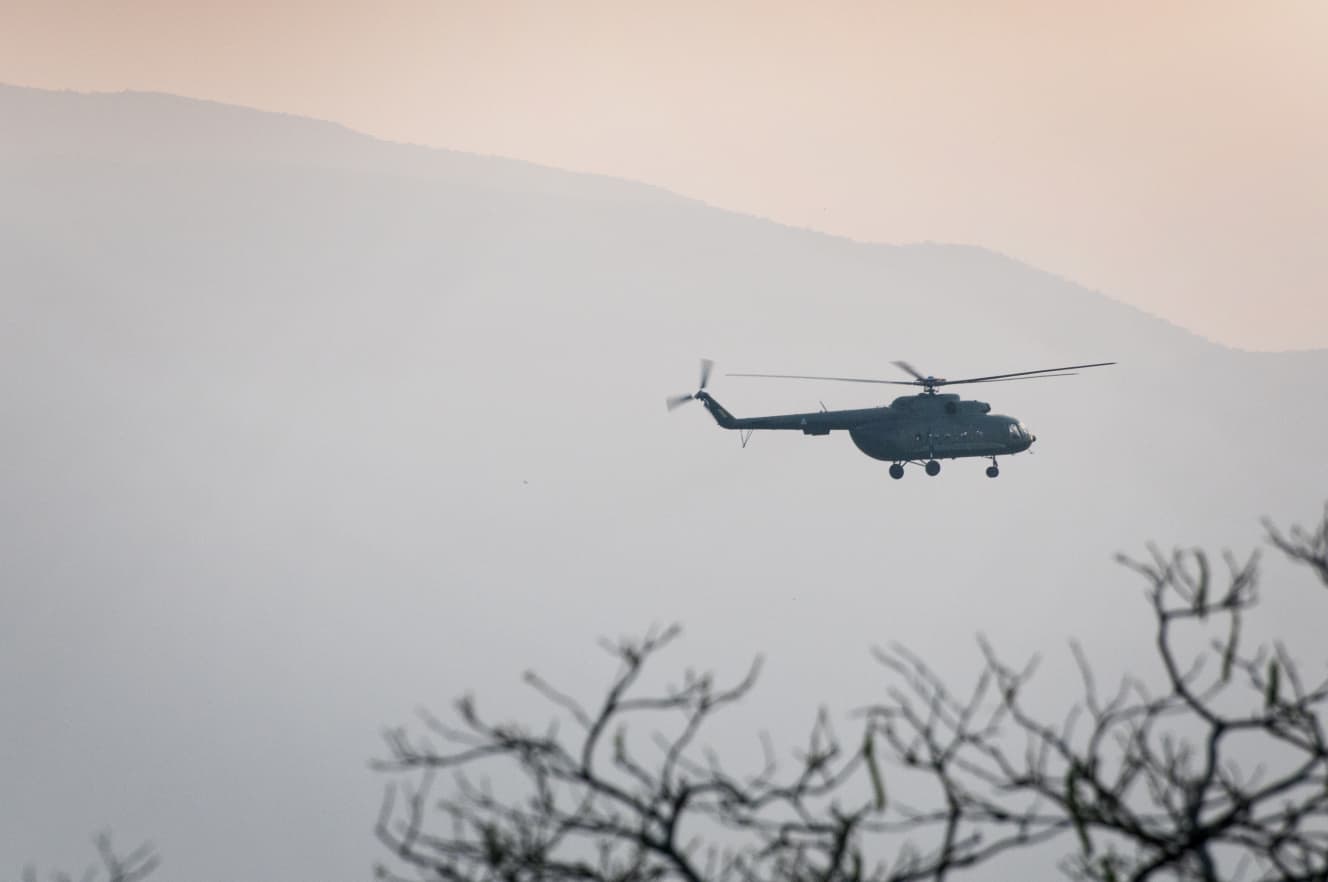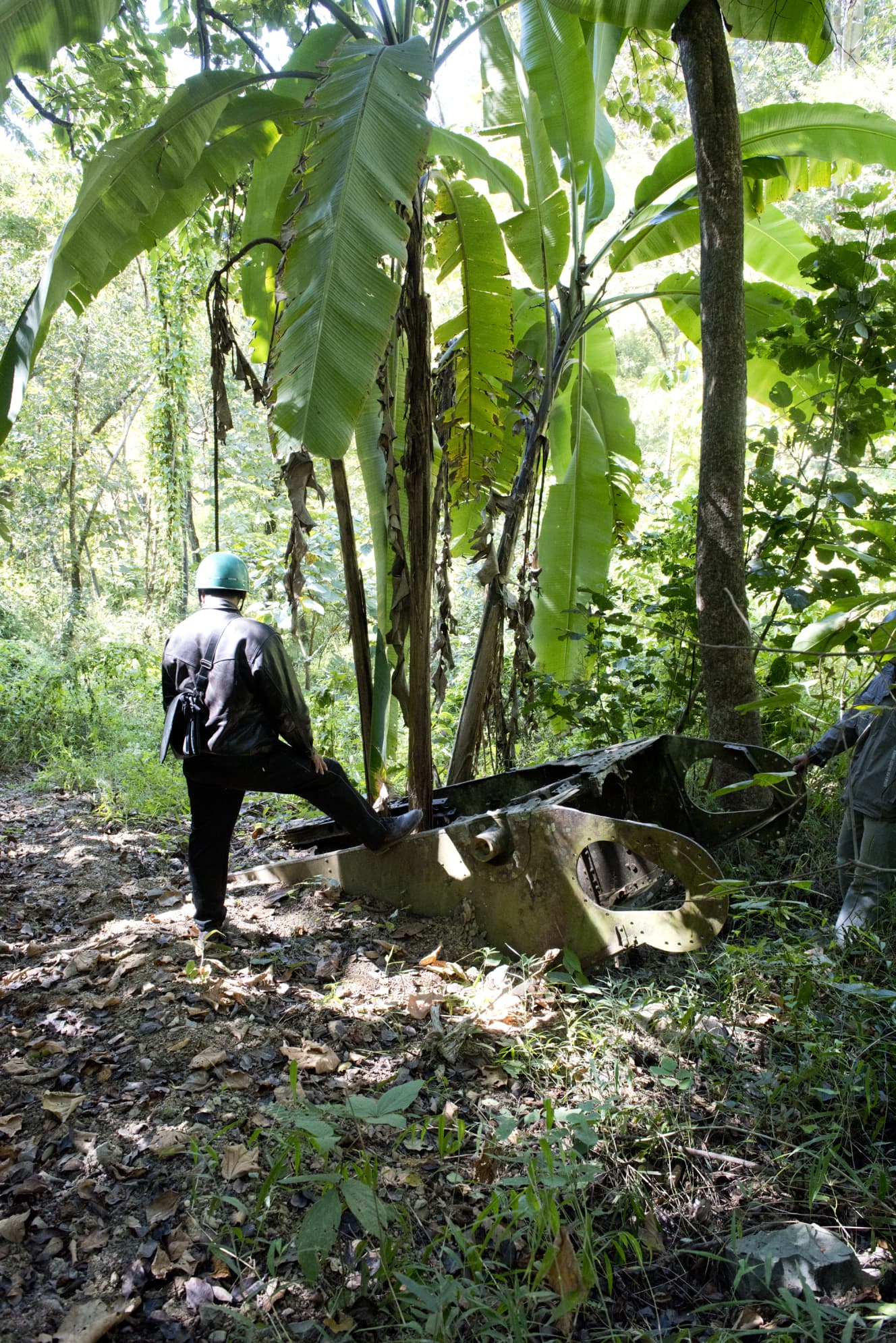Woman Still Waiting for Former Japanese Soldiers 80 Years After the Imphal Operation
In the early morning of March 2024, I headed from the city of Kalemyo to the small village where Dora Kyi lives. In Kalemyo, daily clashes between the military and democratization forces were ongoing, with gunfights in the mountainous areas during the day and in the city at night becoming a routine. The blazing sun and the constant tension of not knowing when fighting might erupt caused beads of sweat to form on my forehead. That day, there were more than ten bombing sounds heard in just the morning.

Two deep green dump trucks, packed with about 15 soldiers each, sped by with blaring horns, kicking up white dust. Passersby avoided eye contact and kept their heads down. The city was populated mostly by the young and the elderly, with few men in their 30s and 40s. Perhaps they were involved in the fighting.
After being jostled around in the vehicle for 15 minutes, I encountered a military checkpoint blocking the road. A young man, looking to be in his early 20s and dressed in military uniform, approached my vehicle with a thick cigar in his mouth. He peered into the car without blinking and glared at me with bloodshot eyes.
“Where are you going? What’s your purpose? Show me your belongings. You don’t have a camera, do you?”
After a tense three-minute interrogation, during which no one smiled, I finally passed the checkpoint. As I continued driving, I glanced around and saw a vast sunflower field stretching out.

“This child is my daughter, and my grandmother named her ‘Kimura Chibu.’ She must have wanted to remember him very much.”
Ms. A smiled with deep emotion and gently admonished her daughter, who had gone outside without applying the protective skin ointment known as “thanaka.” When I asked about Dora Kyi’s current condition, she looked down sadly.